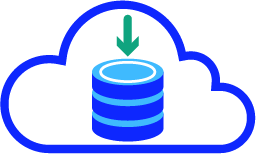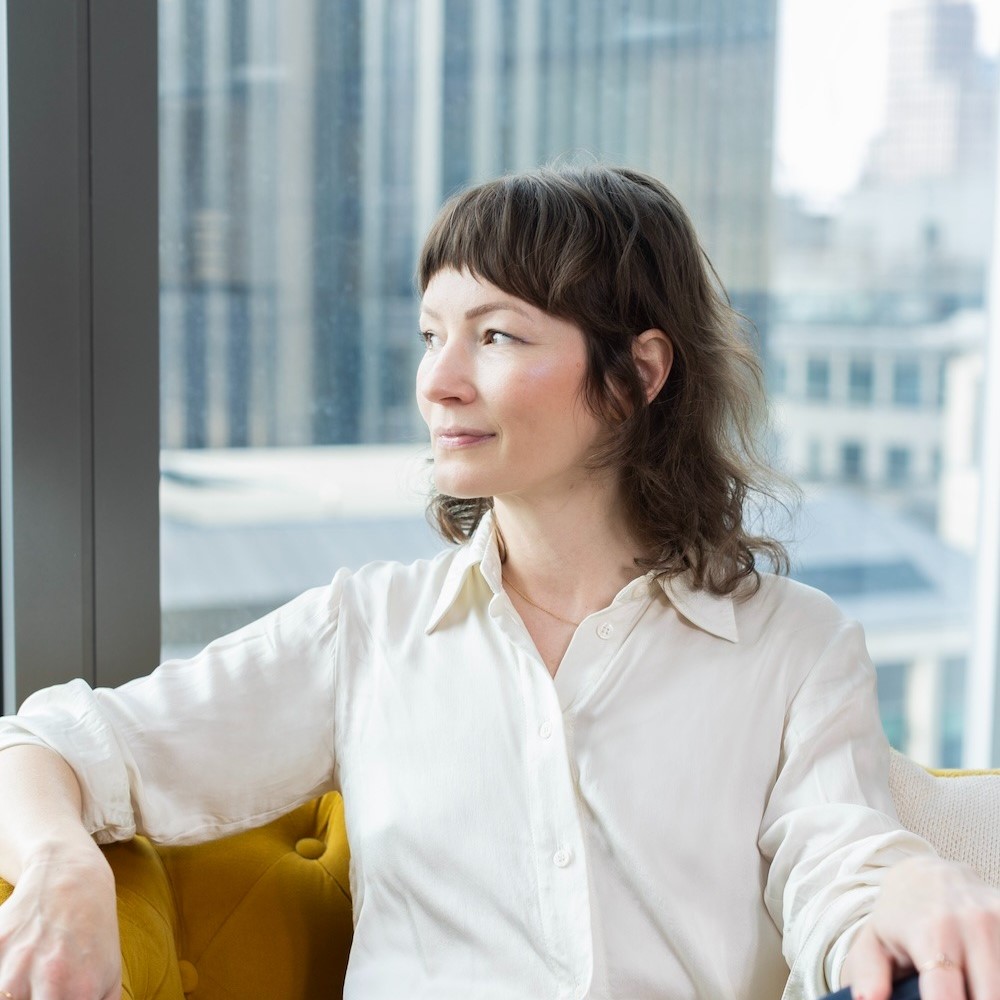Licensing Photos: A Guide for Content Creators
Licensing photos, images, and video for commercial use can be challenging if you are new in the industry and this guide is designed to help you succeed as a content creator in the age of AI.

Licence here, licence there - but which one is right for your images?
Learn how to protect your work, understand licensing terms, and maximise revenue opportunities while TikBox does the heavy lifting to keep abreast of evolving copyright laws, especially in the context of AI usage.
Step-by-Step Guide for Licensing Photos using TikBox

Upload Your Photo
Upload your content to TikBox. You can do so using bulk or individual asset upload. TikBox makes licensing photos easier by labelling each asset and helping you create metadata templates.

Select Licensing Terms
Select options in TikBox to reflect your licensing preferences. This step is essential in the overall process of licensing photos for commercial or editorial use.

Create Agreement Monitor Usage
As the asset owner, explore opportunities for licensing photos and protecting them. TikBox helps define rights and monitor usage clearly.
Things to consider when Licensing Photos Commercially

Step 1: Understanding the Different Types of Licences
You must understand the options to license photos and get the best results. Whether you’re licensing photos under Royalty-Free, Rights-Managed, or Creative Commons licences, each offers a different value.
Rights-Managed (RM) licenses offer specific usage rights, often costing more, with terms based on factors like duration and location. Exclusive Licenses grant one client sole usage rights for a period, while Creative Commons licenses allow free use with certain conditions, such as attribution.
Step 2: Setting Up a Photo Licensing Agreement
Your licence agreement sets the terms for using your photo, including duration, usage rights, and territory. If you require exclusivity, adjust the agreement to reflect that condition.
Tools like TikBox simplify licensing photos by generating agreements and applying watermarks. TikBox also allows you to track licensing arrangements and automatically collects any associated fees.


Step 3: Explore Photo Licensing Use Cases
You can tailor photo licensing to suit different needs. For example, web and digital marketing often use royalty-free licenses for flexibility, while editorial publications may prefer rights-managed licenses for one-time use in specific regions or editions.
Advertising agencies might request exclusive licenses to ensure their campaign visuals are unique, and non-profit organisations often use Creative Commons licenses for free or low-cost content with proper attribution.
Each use case offers opportunities to monetise your work while giving clients the rights they need.
Whether solo or in a team, use TikBox to protect your content and earn from what you create.
Simply tick a few boxes to set your preferences and we’ll do the rest.

FAQ’s
The executive order aims to establish guidelines for the responsible development and deployment of AI, focusing on transparency, safety, and national security. It indirectly touches on copyright by emphasizing the need for clear guidelines around AI-generated content.
While the order does not provide direct copyright guidance, it underscores the importance of transparency and accountability, which implies that content creators should be diligent in managing copyright issues related to AI-generated content.
TikBox is an online platform which adds provenance and copyright metadata to digital assets, ensuring that the origins and rights associated with content are clear. This helps protect content creators’ rights and aids in the commercialisation of their works.
Transparency ensures that both creators working in the public sector and at federal agencies, as well as generative AI used for content creation, are properly acknowledged, which helps in maintaining trust, protecting intellectual property, and avoiding legal disputes.
This is a complex issue currently under debate. Some jurisdictions allow copyright for AI-generated content when a human significantly directs or shapes the output. Tools like TikBox clarify ownership and authorship when known, which is essential for copyright discussions.
TESTIMONIALS
Why users love TikBox
I think the biggest gain here is having an automated end-to-end process, where we know we are using generative AI ethically and content and creatives are labelled in the correct way, without us having to spend time, effort or thought on this process. We deeply appreciate the ease of use and how a very complex process can just run quietly in the background.
The TikBox platform offer a good alternative to the current route of licensing through a stock image library, especially if you want control of the client transactions. It also allows for direct transactions and licensing with a client without involving a stock library.



